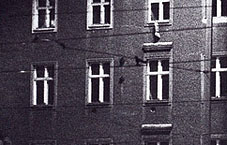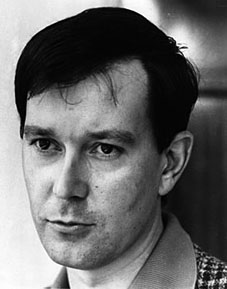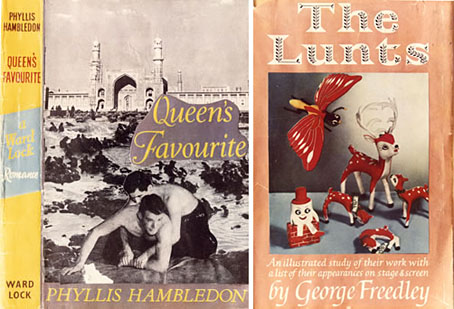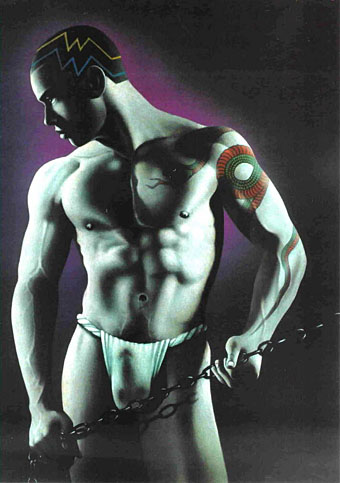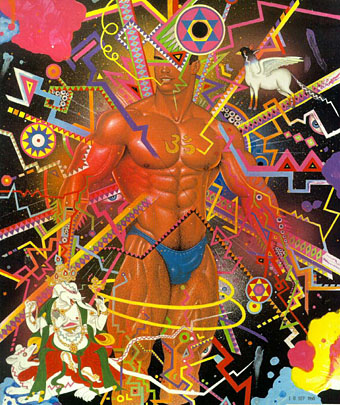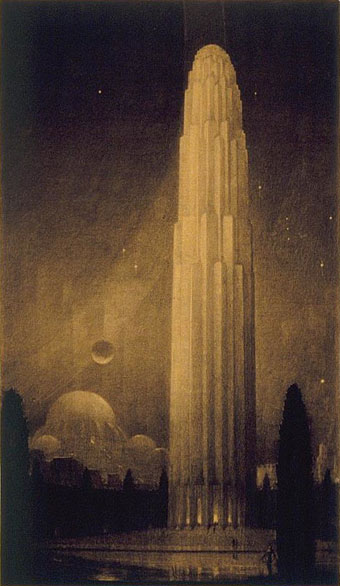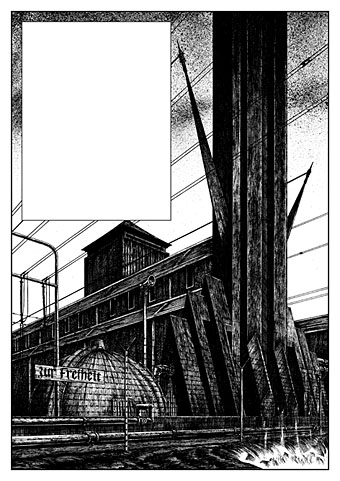I’ve mentioned before that Robert Henke, aka Monolake, is one of my favourite electronic musicians, and it was great last year when he reinstated his habit of offering a free download each month. Unlike the short fragments or scraps that many artists throw for free to audiences there’s been some substantial work on offer, such as an hour-long live performance of his Layering Buddha set.
The download for this month is a perfect soundtrack to accompany the New Year chill, Fragment Endloss, a 30-minute piece of ambient drift from 1992, reworked slightly for 2008.
This is a very personal piece for me, created in a time where I felt quite dark and lived in an appropriate environment. I just had moved from West-Berlin, Neukoelln, to the east, to Prenzlauer Berg, which at that time was not the expensive hippster neighborhood it is now, but the very opposite. I lived in a small place on the ground floor in a backyard, with a coal oven and a toilet outside the building… It was the end of winter, cold, unfriendly, and very dark. Pretty much like on the pictures above.
Musically this is influenced by ‘The Pearl’ (Brian Eno, Harold Budd). Sound design wise it shows that I just go the TG-77 and SY-77, and then there is this one long brass-like sound that I made as a result of listening to John Chowning.
For the free track of the month version I slightly edited the original 45 minute version and added field recordings of Bahnhof Zoo and the S-Bahn here in Berlin which I also captured in 1992.
Previously on { feuilleton }
• Live Performance in the Age of Supercomputing
• Layering Buddha by Robert Henke
• New Monolake

